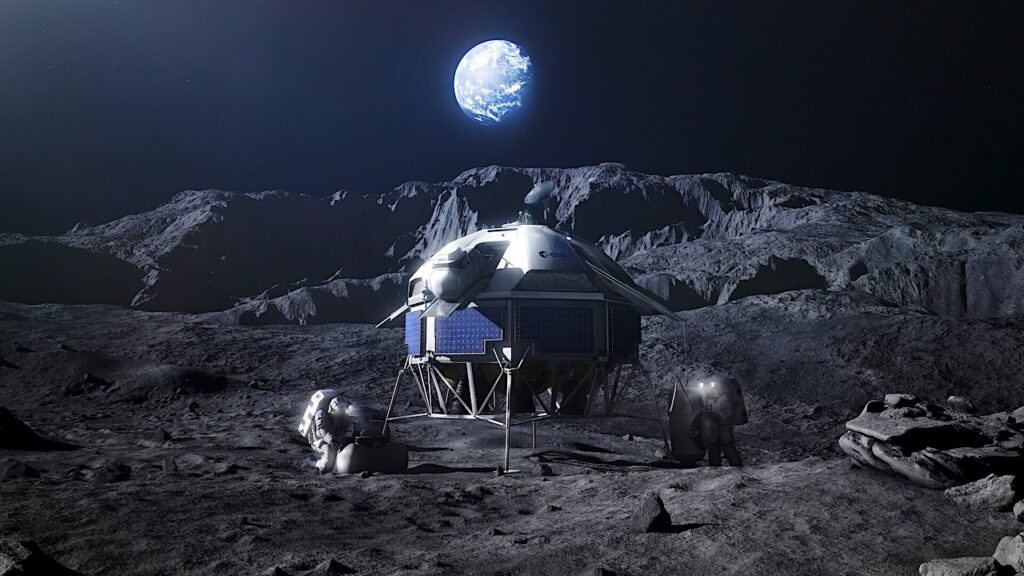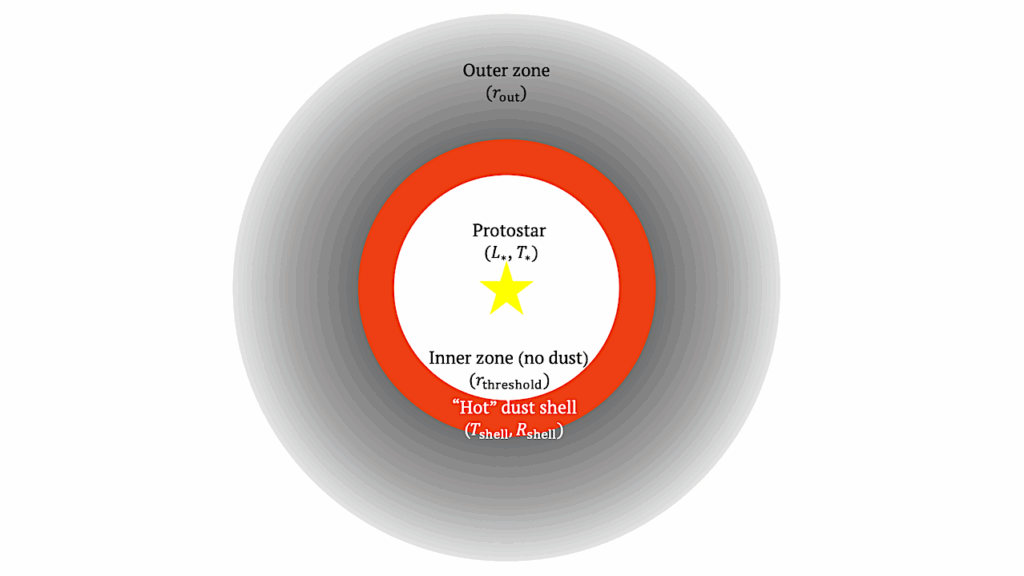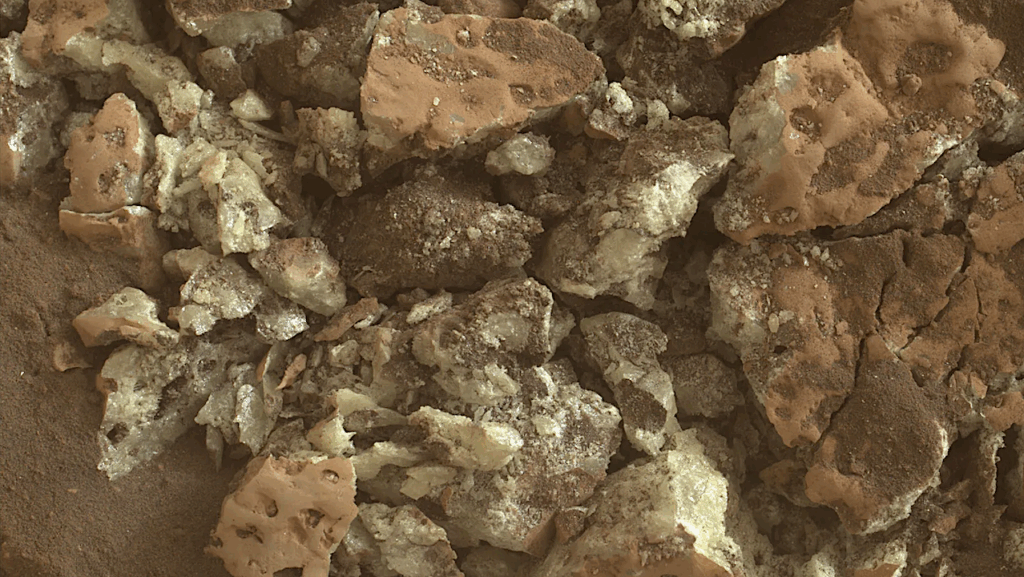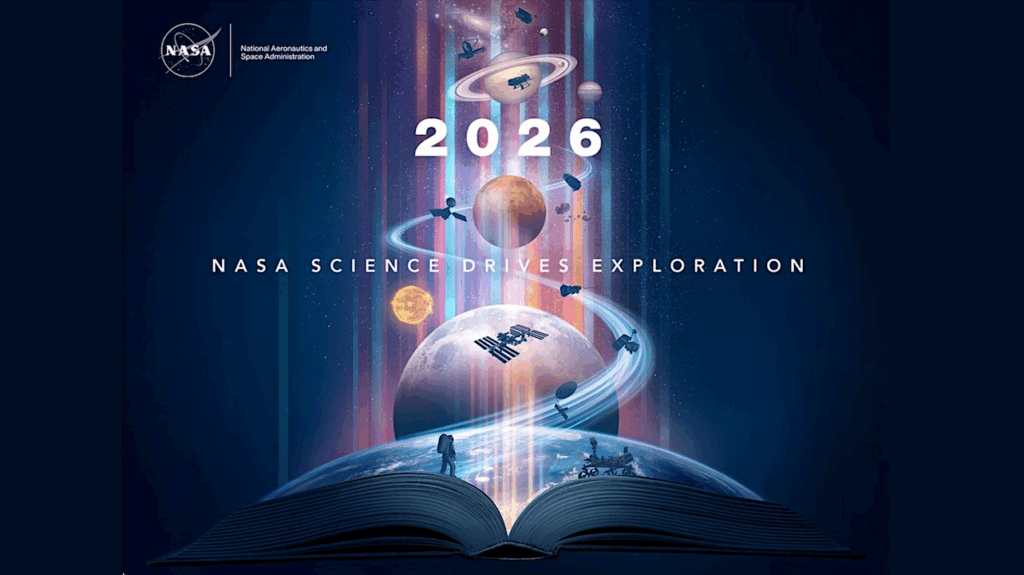MINDS. Hydrocarbons Detected By JWST/MIRI In The Inner Disk of Sz28 Consistent With A High C/O Gas-phase chemistry

With the advent of JWST, we acquire unprecedented insights into the physical and chemical structure of the inner regions of planet-forming disks where terrestrial planet formation occurs.
The very low-mass stars (VLMS) are known to have a high occurrence rate of the terrestrial planets around them. Exploring the chemical composition of the gas in these inner regions of the disks can aid a better understanding of the connection between planet-forming disks and planets. The MIRI mid-Infrared Disk Survey (MINDS) project is a large JWST Guaranteed Time program to characterize the chemistry and physical state of planet-forming and debris disks.
We use the JWST-MIRI/MRS spectrum to investigate the gas and dust composition of the planet-forming disk around the very low-mass star Sz28 (M5.5, 0.12M⊙). We use the dust-fitting tool (DuCK) to determine the dust continuum and to get constraints on the dust composition and grain sizes.
We use 0D slab models to identify and fit the molecular spectral features, yielding estimates on the temperature, column density and the emitting area. To test our understanding of the chemistry in the disks around VLMS, we employ the thermo-chemical disk model PRoDiMo and investigate the reservoirs of the detected hydrocarbons. We explore how the C/O ratio affects the inner disk chemistry. JWST reveals a plethora of hydrocarbons, including CH3, CH4, C2H2, 13CCH2,C2H6, C3H4, C4H2 and C6H6 suggesting a disk with a gaseous C/O>1. Additionally, we detect CO2, 13CO, HCN, and HC3N. H2O and OH are absent in the spectrum.
We do not detect PAHs. Photospheric stellar absorption lines of H2O and CO are identified. Notably, our radiation thermo-chemical disk models are able to produce these detected hydrocarbons in the surface layers of the disk when the …
Jayatee Kanwar, Inga Kamp, Hyerin Jang, L.B.F.M. Waters, Ewine F. van Dishoeck, Valentin Christiaens, Aditya M. Arabhavi, Thomas Henning, Manuel Güdel, Peter Woitke, Olivier Absil, David Barrado, Alessio Caratti o Garatti, Adrian M. Glauser, Fred Lahuis, Silvia Scheithauer, Bart Vandenbussche, Danny Gasman, Sierra L. Grant, Nicolas T. Kurtovic, Giulia Perotti, Benoît Tabone, Milou Temmink

Abundances of various hydrocarbons in the canonical (0.45, left column) and enhanced (2.0, right column) C/O ratio models. The white contours corresponds to 140 K and 475 K gas temperature. — astro-ph.EP
Comments: accepted for publication in A&A
Subjects: Earth and Planetary Astrophysics (astro-ph.EP); Solar and Stellar Astrophysics (astro-ph.SR)
Cite as: arXiv:2407.14362 [astro-ph.EP] (or arXiv:2407.14362v1 [astro-ph.EP] for this version)
Submission history
From: Jayatee Kanwar
[v1] Fri, 19 Jul 2024 14:45:44 UTC (11,695 KB)
https://arxiv.org/abs/2407.14362
Astrobiology, Astrochemistry, Astrogeology,








